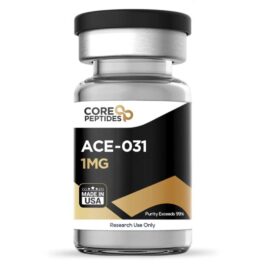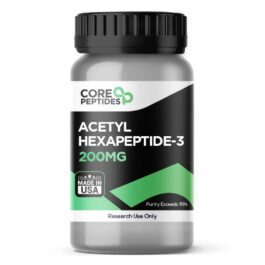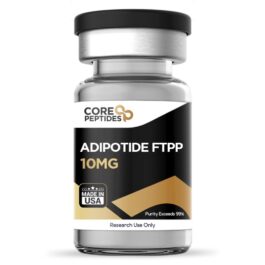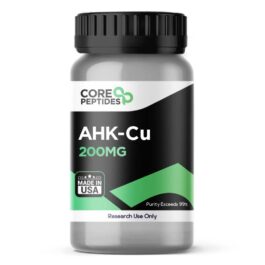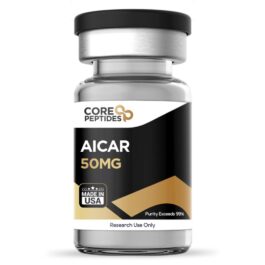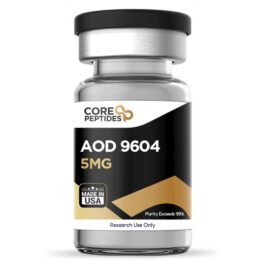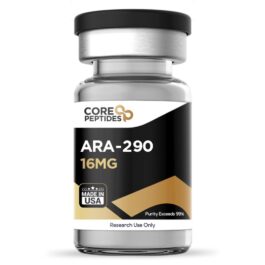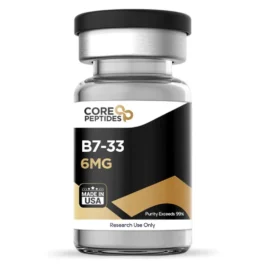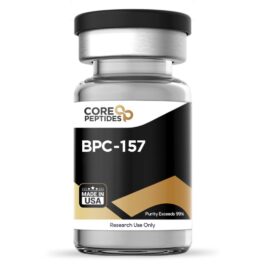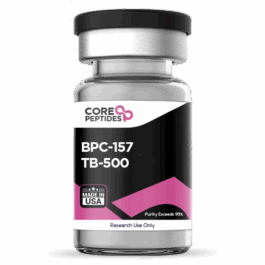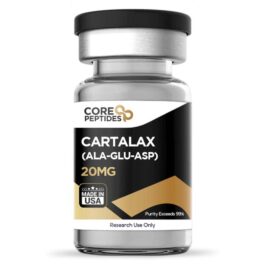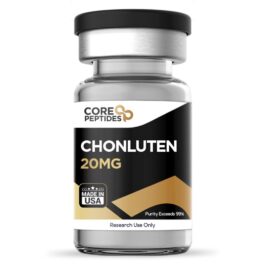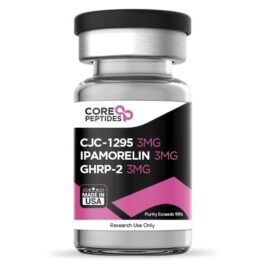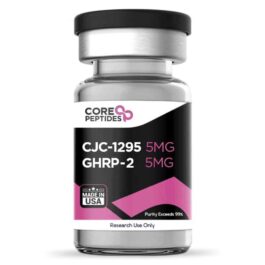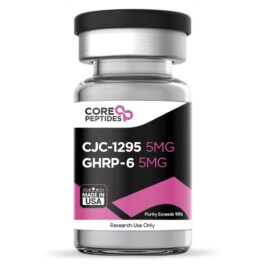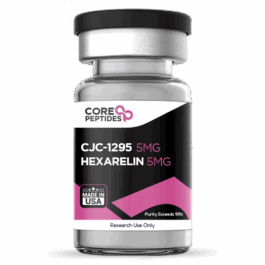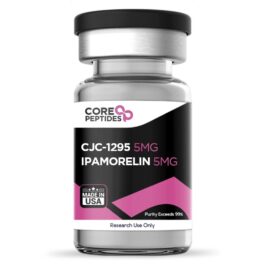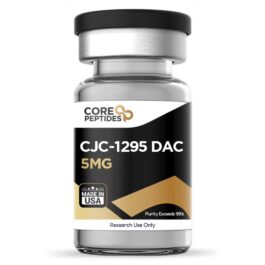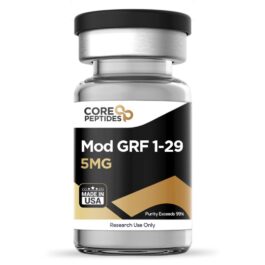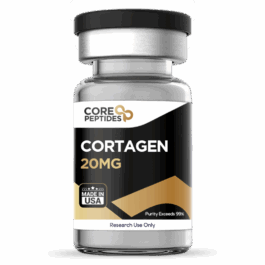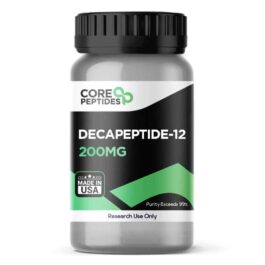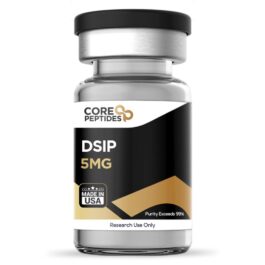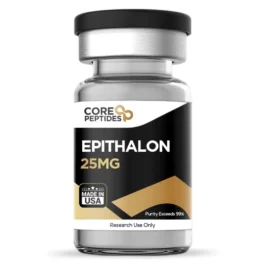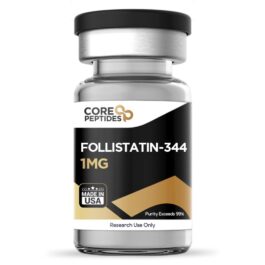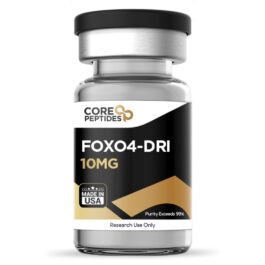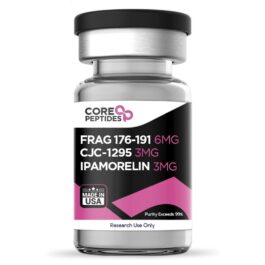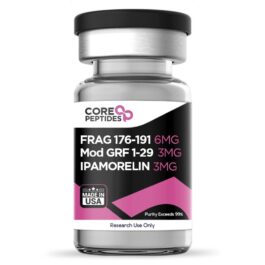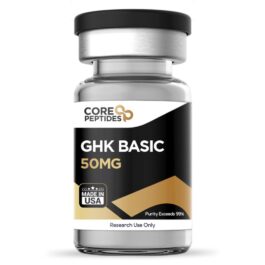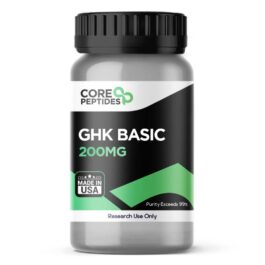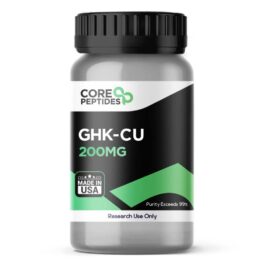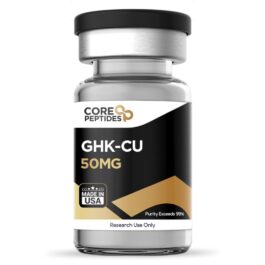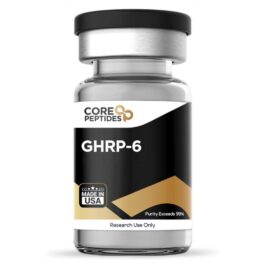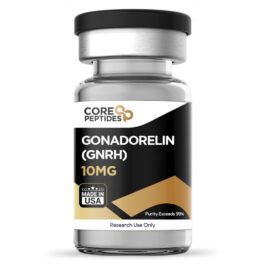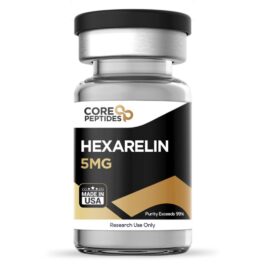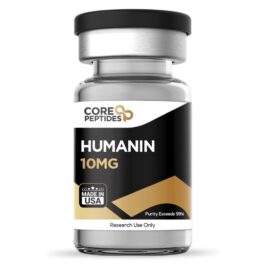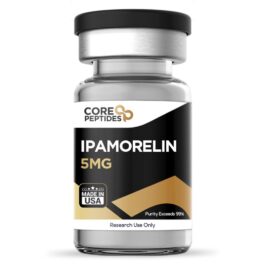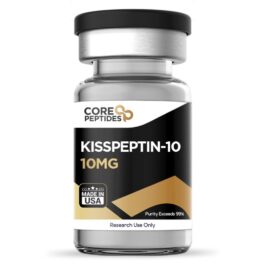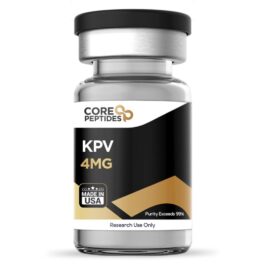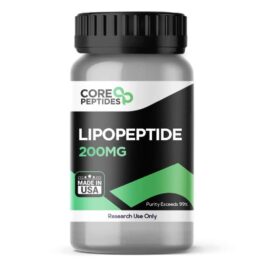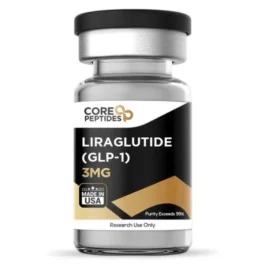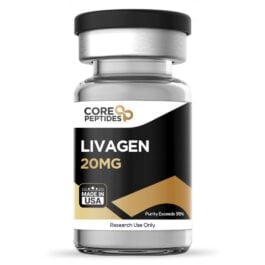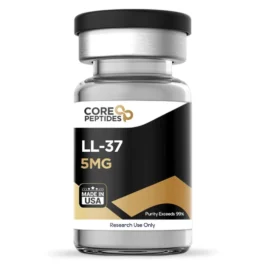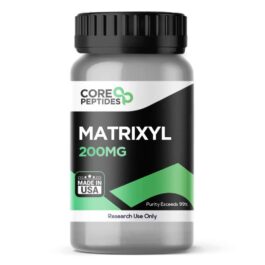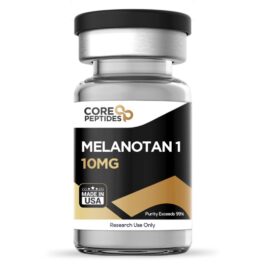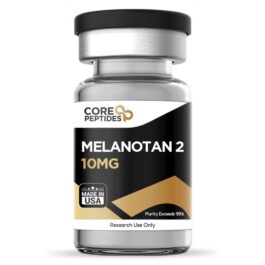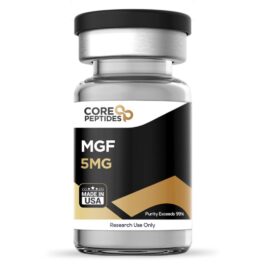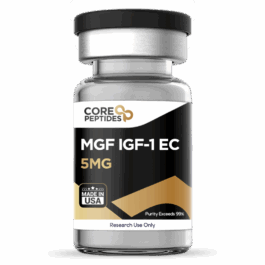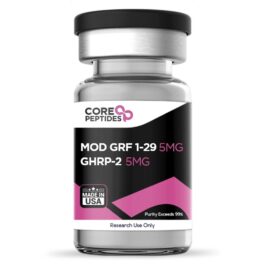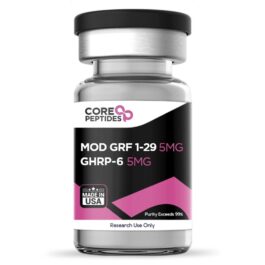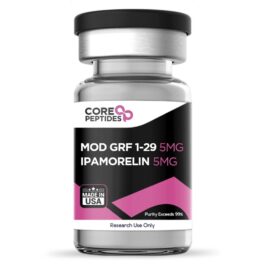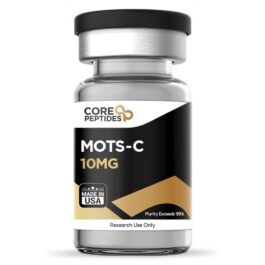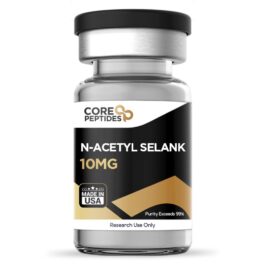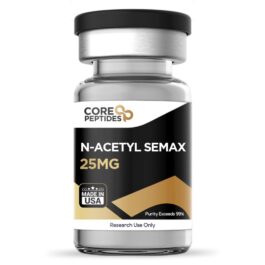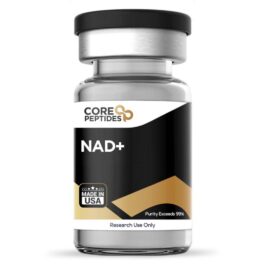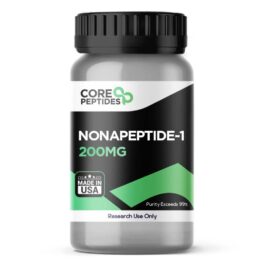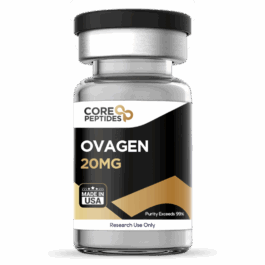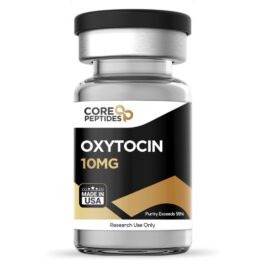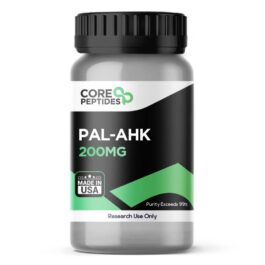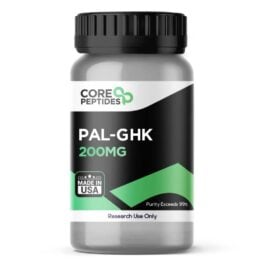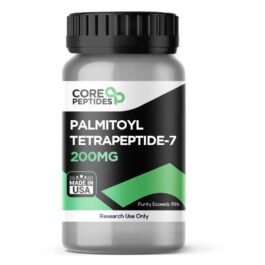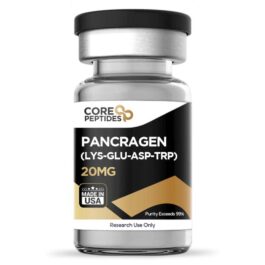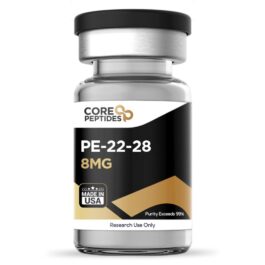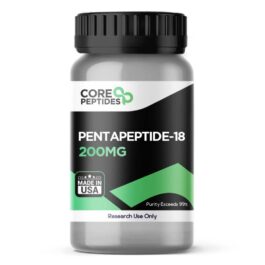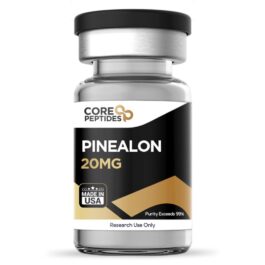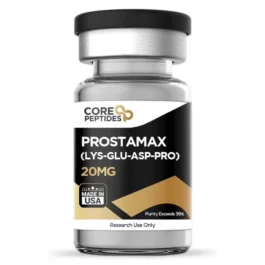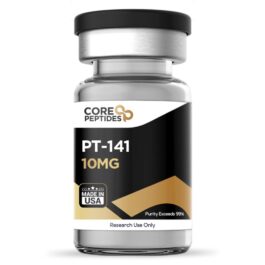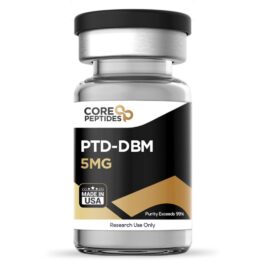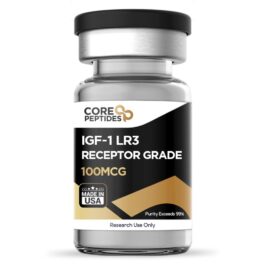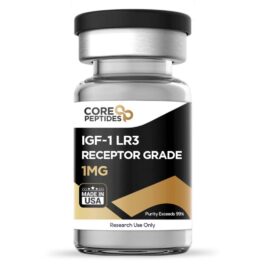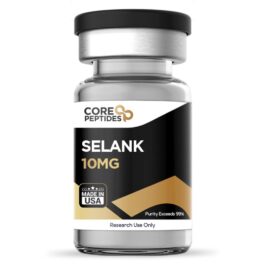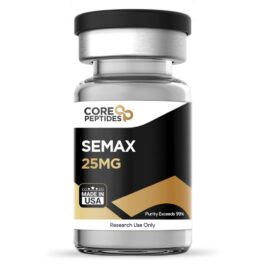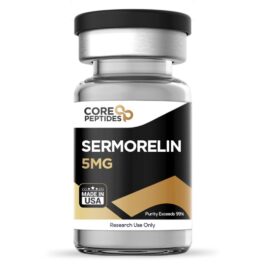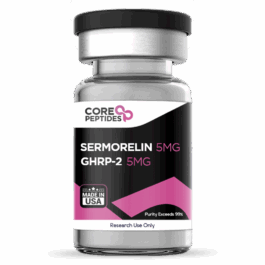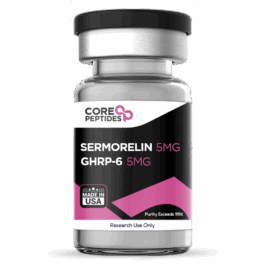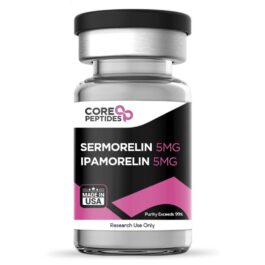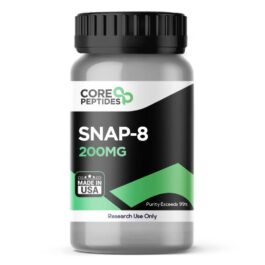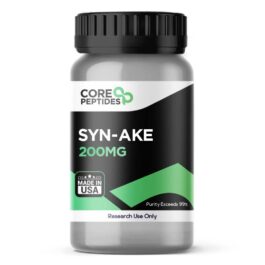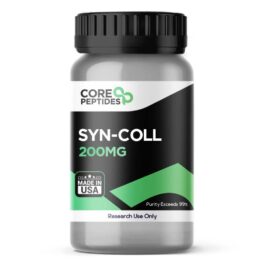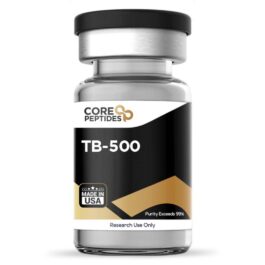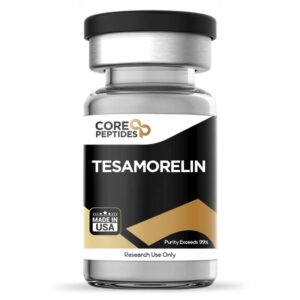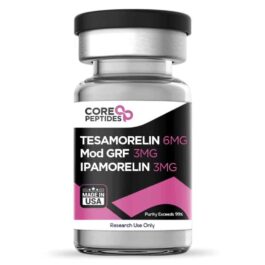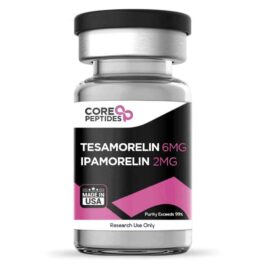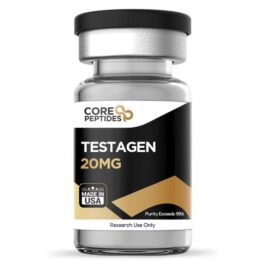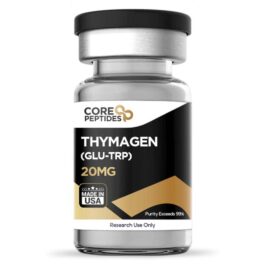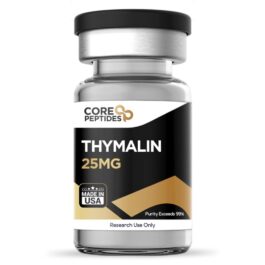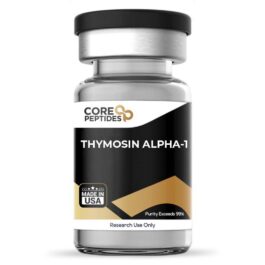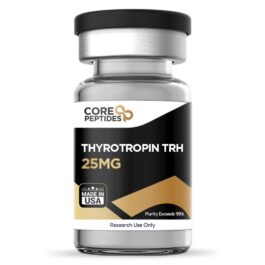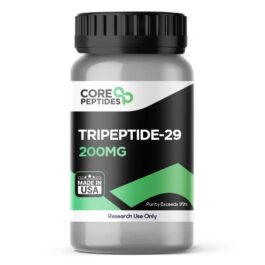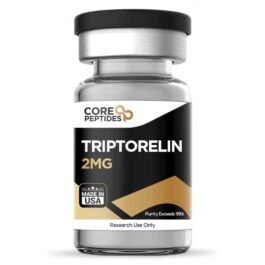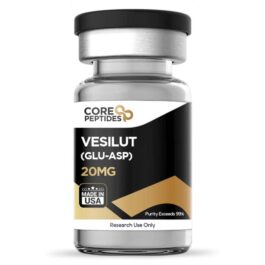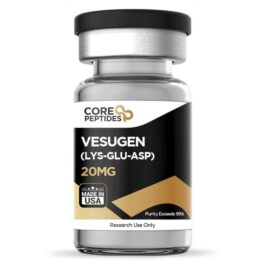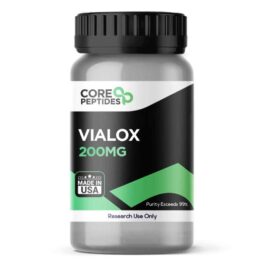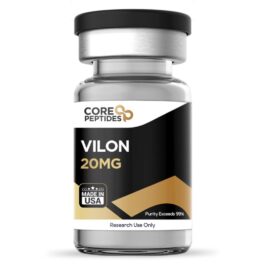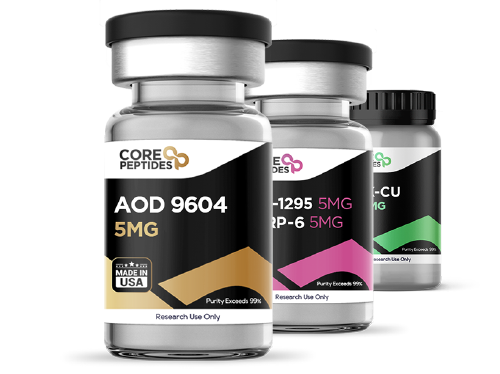
Showing all 102 results
-
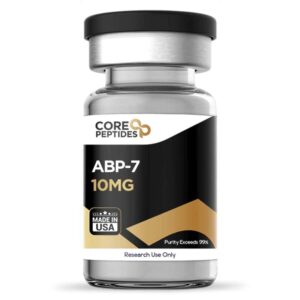
ABP-7 (10mg)
$92.00 -

ACE-031 (1mg)
$173.00 -

Acetyl Hexapeptide-3 (Argireline) (200mg)
$226.00 -

Adipotide (FTPP) (10mg)
$78.00 -

AHK-Cu (200mg)
$203.00 -

AICAR (50mg)
$62.00 -

AOD 9604 (5mg)
$41.00 -

ARA-290 (16mg)
$92.00 -

B7-33 (6mg)
$60.00 -

BPC-157 (5mg / 10mg)
Price range: $52.00 through $97.00 -
Sale!

BPC-157 & TB-500 Blend (10mg/20mg)
Price range: $105.00 through $195.00 -

Bronchogen (20mg)
$68.00 -

Cardiogen (20mg)
$75.00 -

Cartalax (20mg)
$63.00 -

Chonluten (20mg)
$51.00 -

CJC-1295 (Mod GRF 1-29) & Ipamorelin & GHRP-2 Blend (9mg)
$81.00 -

CJC-1295 & GHRP-2 Blend (10mg)
$84.00 -
Sale!

CJC-1295 & GHRP-6 Blend (10mg)
Original price was: $75.00.$69.00Current price is: $69.00. -

CJC-1295 & Hexarelin Blend (10mg)
$87.00 -

CJC-1295 & Ipamorelin Blend (10mg)
$80.00 -

CJC-1295 DAC (5mg)
$52.00 -

CJC-1295 NO DAC (Mod GRF 1-29) (5mg)
$41.00 -

Cortagen (20mg)
$59.00 -

Decapeptide-12 (200mg)
$240.00 -

DSIP (5mg)
$41.00 -

Epithalon (25mg)
$90.00 -

Follistatin-344 (1mg)
$138.00 -

FOXO4-DRI (10mg)
$235.00 -

Fragment 176-191 (5mg / 10mg)
Price range: $44.00 through $72.00 -

Fragment 176-191 & CJC-1295 & Ipamorelin Blend (12mg)
$73.00 -

Fragment 176-191 & Mod GRF 1-29 & Ipamorelin Blend (12mg)
$73.00 -

GHK Basic (50mg)
$49.00 -

GHK Basic (Tripeptide-1) (200mg)
$157.00 -

GHK-Cu (200mg)
$197.00 -
Sale!

GHK-Cu (Copper) (50mg)
Original price was: $69.00.$58.00Current price is: $58.00. -
Sale!

GHRP-2 (5mg / 10mg)
Price range: $20.00 through $29.00 -
Sale!

GHRP-6 (5mg / 10mg)
Price range: $20.00 through $29.00 -

Gonadorelin (GnRH) (10mg)
$90.00 -
Sale!

Hexarelin (5mg)
Original price was: $57.00.$47.00Current price is: $47.00. -

Humanin (10mg)
$147.00 -
Sale!

Ipamorelin (5mg)
Original price was: $46.00.$43.00Current price is: $43.00. -

Kisspeptin-10 (10mg)
$63.00 -
Sale!

KPV (4mg)
Original price was: $45.00.$38.00Current price is: $38.00. -

Lipopeptide (200mg)
$214.00 -

Liraglutide (3mg)
$51.00 -

Livagen (20mg)
$73.00 -

LL-37 (5mg)
$89.00 -

Matrixyl (200mg)
$171.00 -

Melanotan 1 (10mg)
$43.00 -

Melanotan 2 (10mg)
$41.00 -

MGF (5mg)
$50.00 -

MGF IGF-1 EC (5mg)
$145.00 -

Mod GRF 1-29 & GHRP-2 Blend (10mg)
$73.00 -

Mod GRF 1-29 & GHRP-6 Blend (10mg)
$75.00 -

Mod GRF 1-29 & Ipamorelin Blend (10mg)
$84.00 -

MOTS-C (10mg)
$116.00 -

N-Acetyl Selank (10mg)
$71.00 -

N-Acetyl Semax (25mg)
$60.00 -

NAD+ (100mg / 750mg)
Price range: $47.00 through $292.00 -

Nonapeptide-1 (200mg)
$214.00 -

Ovagen (20mg)
$62.00 -

Oxytocin (10mg)
$52.00 -

P21 (5mg)
$116.00 -

Pal-AHK (200mg)
$176.00 -

Pal-GHK (200mg)
$176.00 -

Palmitoyl Tetrapeptide-7 (200mg)
$197.00 -

Pancragen (20mg)
$63.00 -

PE-22-28 (8mg)
$54.00 -

PEG-MGF (5mg)
$63.00 -

Pentapeptide-18 (Leuphasyl) (200mg)
$176.00 -

Pinealon (20mg)
$75.00 -

PNC-27 (5mg)
$138.00 -

Prostamax (20mg)
$63.00 -

PT-141 (Bremelanotide) (10mg)
$43.00 -

PTD-DBM (5mg)
$89.00 -

Receptor Grade IGF-1 LR3 (100mcg)
$28.00 -

Receptor Grade IGF-1 LR3 (1mg)
$150.00 -

Selank (10mg)
$52.00 -

Semax (25mg)
$63.00 -
Sale!

Sermorelin (5mg)
Original price was: $50.00.$48.00Current price is: $48.00. -

Sermorelin & GHRP-2 Blend (10mg)
$88.00 -

Sermorelin & GHRP-6 Blend (10mg)
$88.00 -

Sermorelin & Ipamorelin Blend (10mg)
$80.00 -
Sale!

SNAP-8 (200mg)
Original price was: $195.00.$176.00Current price is: $176.00. -

Syn-AKE (200mg)
$176.00 -

Syn-Coll (Palmitoyl Tripeptide-5) (200mg)
$176.00 -

TB-500 (Thymosin Beta 4) (5mg / 10mg)
Price range: $78.00 through $140.00 -

Tesamorelin (5mg / 10mg)
Price range: $43.00 through $79.00 -

Tesamorelin & CJC-1295 (Mod GRF 1-29) & Ipamorelin Blend (12mg)
$117.00 -

Tesamorelin & Ipamorelin Blend (8mg)
$90.00 -

Testagen (20mg)
$63.00 -

Thymagen (20mg)
$78.00 -

Thymalin (25mg)
$138.00 -

Thymosin Alpha-1 (5mg / 10mg)
Price range: $81.00 through $149.00 -

Thyrotropin TRH (25mg)
$73.00 -

Tripeptide-29 (200mg)
$176.00 -

Triptorelin (2mg)
$54.00 -

Vesilut (20mg)
$64.00 -

Vesugen (20mg)
$63.00 -

Vialox (Pentapeptide-3V) (200mg)
$176.00 -

Vilon (20mg)
$74.00 -

VIP (6mg)
$64.00
